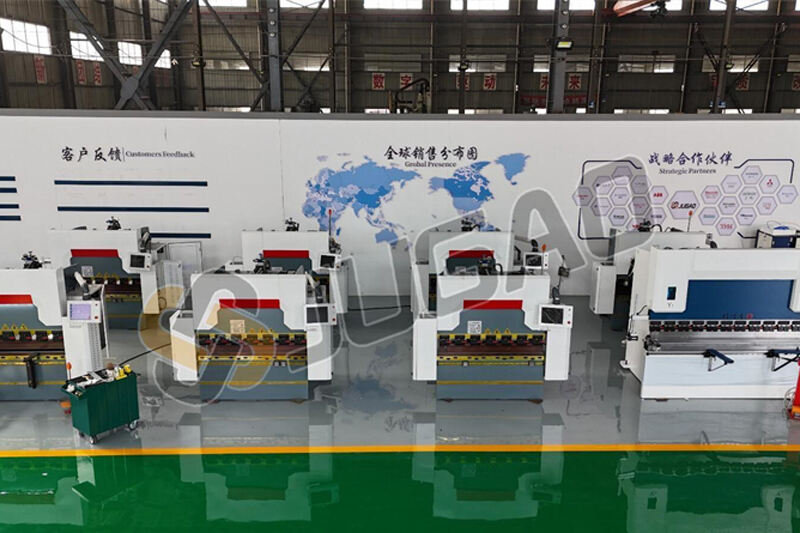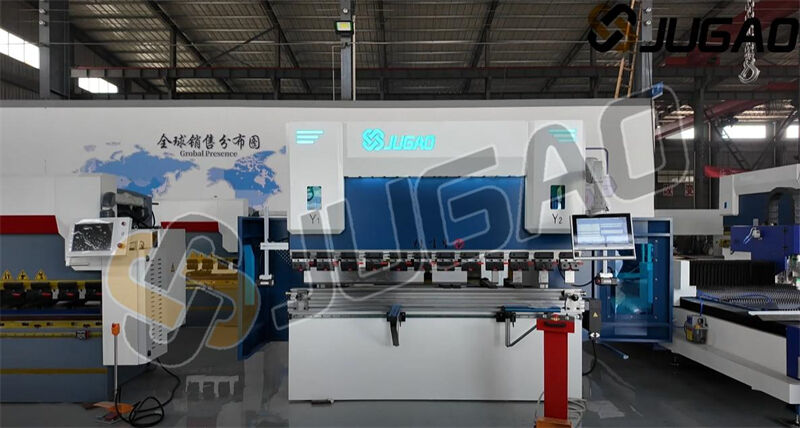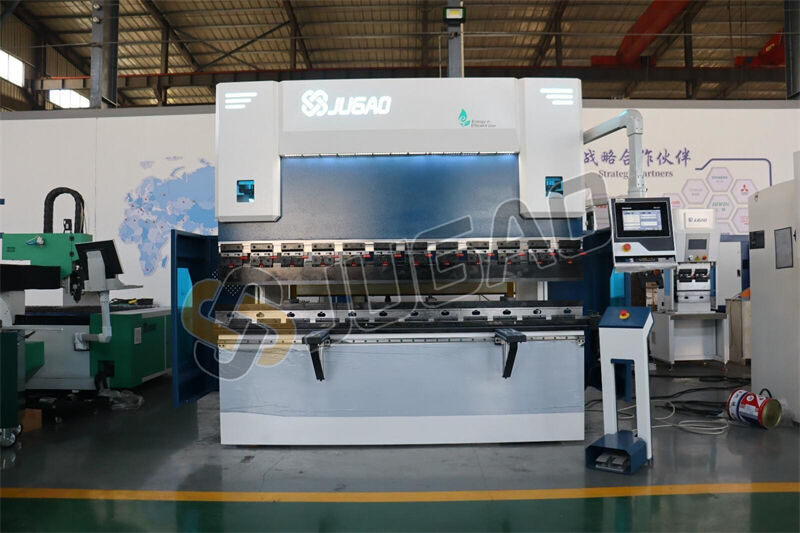Press Brakes: Core Functions and Technical Evolution
Table of Contents
Fundamental Mechanics of Press Brakes
○ Operational Principles and Critical Capabilities
○ Structural Components and Safety Integration
○ Precision Engineering for Modern Fabrication
Classification of Press Brakes: A Technical Breakdown
○ Mechanical Press Brakes: Simplicity and Reliability
○ Hydraulic Press Brakes: Power-Driven Performance
○ CNC/Electric Press Brakes: The Digital Frontier
Expert Insights: Maintenance and Optimization
○ Calibration Protocols for Sub-Millimeter Accuracy
○ Preventive Maintenance Framework
Strategic Selection Guide

Fundamental Mechanics of Press Brakes
Operational Principles and Critical Capabilities
Press brakes execute controlled plastic deformation of metal sheets throughcalculated force application. Key functionalities include:
Force Modulation: Adaptive pressure control for materials ranging from0.5mm to 25mm thickness.
Material Compensation: Automatic adjustment for springback effects inhigh-tensile alloys.
Safety Assurance: Integrated photoelectric sensors and dual-circuitemergency stop systems.
Industry Benchmark: Modern CNC models achieve bending angle tolerances of±0.1°, critical for aerospace components.
Structural Components and Safety Integration
Core subsystems driving performance:
Frame Architecture: Monolithic steel construction with 30% higher torsionalrigidity than welded frames.
Drive Mechanisms: Hydraulic vs. servo-electric actuation systems.
Safety Ecosystem:
○ Laser Guarding: ISO 13849-compliant protection zones.
○ Load Monitoring: Real-time hydraulic pressure tracking to preventoverload.
Precision Engineering for Modern Fabrication
Advanced technologies enhancing accuracy:
3D Simulation Software: Pre-validate bending sequences with materialdeformation modeling.
Dynamic Crowning Systems: Compensate for ram deflection during asymmetricloads.
AI-Powered Error Detection: 95% defect reduction in high-mix productionenvironments.

Classification of Press Brakes: A Technical Breakdown
Mechanical Press Brakes: Simplicity and Reliability
Drive System: Flywheel-clutch mechanism with mechanical linkage.
Applications: Ideal for repetitive bending of soft metals (e.g., aluminum6061).
Advantages:
○ 50% lower energy consumption compared to hydraulic models.
○ Minimal maintenance requirements (annual bearing lubrication).
Case Study: A HVAC duct manufacturer reduced unit costs by 18% usingmechanical brakes for standardized U-channel production.
Hydraulic Press Brakes: Power-Driven Performance
Force Generation: Twin hydraulic cylinders delivering up to 4,000kN.
Precision Features: Proportional valves for micrometer-level speedcontrol.
Industry Adoption: 72% market share in heavy machinery sectors.
Technical Note: Synchronization accuracy between cylinders reaches ±0.005mm,enabling consistent bends across 10m workpieces.
CNC/Electric Press Brakes: The Digital Frontier
Control Systems: Fanuc 0i-TF or Siemens 840D with IoT connectivity.
Automation Integration:
○ Robotic part handling (FANUC M-20iD/25).
○ Adaptive bending angle correction via laser scanners.
ROI Metrics: 14-month payback period for high-volume automotivesuppliers.

Expert Insights: Maintenance and Optimization
Calibration Protocols for Sub-Millimeter Accuracy
1. Laser Alignment: Use FARO Quantum S to verify ram parallelism(<0.02mm/m).
2. Tooling Verification: Measure punch-die clearance with go/no-gogauges.
3. Software Compensation: Input material K-factor variations into CNCdatabases.
Best Practice: Quarterly calibration reduces tooling wear by 40%.
Preventive Maintenance Framework
500-Hour Checklist:
○ Hydraulic oil particle count (ISO 4406 Class 16/14/11).
○ Ball screw backlash measurement (tolerance: ≤0.03mm).
○ Electrical contact resistance testing (<5mΩ).
Predictive Analytics: Vibration analysis for early bearing failuredetection.
Strategic Selection Guide
| Parameter | Mechanical | Hydraulic | CNC/Electric |
| Max Force (kN) | 800 | 4,000 | 2,500 |
| Accuracy (mm) | ±0.1 | ±0.05 | ±0.02 |
| Energy Efficiency | ★★★★☆ | ★★☆☆☆ | ★★★★★ |
| Best For | High-speed | Heavy-duty | Complex geometries |
Recommendation Matrix:
Tier 1 Shops: Prioritize CNC models with robotic integration.
Job Shops: Opt for hydraulic systems with quick-change tooling.
Startups: Begin with mechanical brakes for low-CAPEX entry.


















































